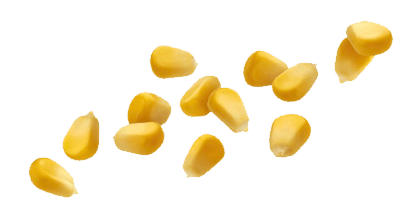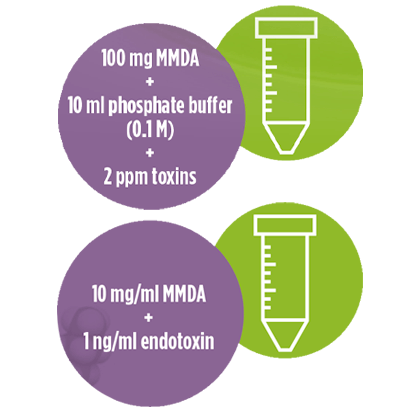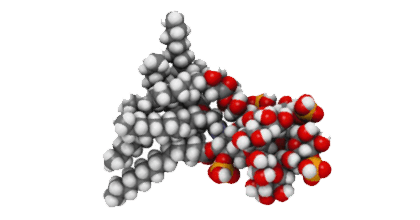OBJECTIVE
OBJECTIVE
![]() The main toxins contaminating feed materials are mycotoxins, endotoxins, and algal toxins.
The main toxins contaminating feed materials are mycotoxins, endotoxins, and algal toxins.
- ⇰ The main mycotoxins affecting animal production are aflatoxin B1 (AFB1), fumonisin B1 (FB1), ochratoxin A (OTA), zearalenone (ZEN), T-2 toxin, and deoxynivalenol (DON).
- ⇰ Bacterial endotoxins are part of the outer membrane of the cell wall of Gram-negative bacteria that are released when cells are lysed (LPS-lipopolysaccharides).
- ⇰ Algal toxins are produced by algae in the ocean and in freshwater.

There is a critical need for a feed additive that can bind mycotoxins, endotoxins, and algal toxins in the animal gut.

MATERIALS & METHODS
MATERIALS & METHODS
![]() In this study, MycoRaid (MMDA) was tested for adsorption and biotransformation of the main toxins using LC-MS/MS.
In this study, MycoRaid (MMDA) was tested for adsorption and biotransformation of the main toxins using LC-MS/MS.
![]() Mycotoxin and algal toxin detoxification
Mycotoxin and algal toxin detoxification
For mycotoxin and algal toxin detoxification efficacy, 100 mg of adsorbent was put into a 15 ml Falcon tube.
To this, 10 ml of 0.1 M phosphate buffer pH 3.0 and a solution containing 2 ppm of each toxin were added. Controls with and without toxins were prepared.
The tubes were incubated on a rotary shaker for 60 min at 37°C and centrifuged at 4,500 rpm for 5 min. Afterward, the supernatant was analysed by LC-MS/MS.
![]() Endotoxin detoxification
Endotoxin detoxification
For endotoxin detoxification efficacy, endotoxins from each bacterial source (1 ng/ ml) were incubated with the 10 mg/ml of the binder in pH 6.5 buffer for 1 h at 37°C.
The tubes were centrifuged and the endotoxin concentration in the supernatant was determined by the Limulus amoebocyte lysate (LAL) assay.
⇰ The results were expressed as LPS binding capacity (%).


RESULTS
RESULTS
![]() The in vitro efficacy showed the net adsorption potential with an excellent removal of the toxins:
The in vitro efficacy showed the net adsorption potential with an excellent removal of the toxins:
 99,7% AFB1
99,7% AFB1 89,5% ZEN
89,5% ZEN
 95,3 FB1
95,3 FB1
 98,7% OTA
98,7% OTA
 75,7% T-2 toxin
75,7% T-2 toxin
 93,5% citrinin
93,5% citrinin
 98,8% ergot alkaloids
98,8% ergot alkaloids
 98% Pseudomonas endotoxins
98% Pseudomonas endotoxins
 92% E. coli endotoxins
92% E. coli endotoxins
 74% Salmonella endotoxins
74% Salmonella endotoxins
 81% saxitoxin (algal toxin)
81% saxitoxin (algal toxin)

Authors
Jog Raj, H. Farkaš, Z. Jakovčević, S. Ćujić, J. Bošnjak-Neumüller and M. Vasiljević
PATENT CO, DOO., Serbia
Corresponding author: [email protected]
WMF meets ITALY, 16-18 May 2022, Parma, Italy





 Micotoxicosis prevention
Micotoxicosis prevention